 Researchers demonstrate that using germanides of metals at the metal-germanium interface with suitable surface crystal planes, greatly improves the contact resistance and device performance germanium semiconductor devices.
Researchers demonstrate that using germanides of metals at the metal-germanium interface with suitable surface crystal planes, greatly improves the contact resistance and device performance germanium semiconductor devices.
Nov 11th, 2016
Read more
From stationary to flying qubits at speeds never reached before... this feat brings us a little closer to the era when information is transmitted via quantum principles.
Nov 11th, 2016
Read more
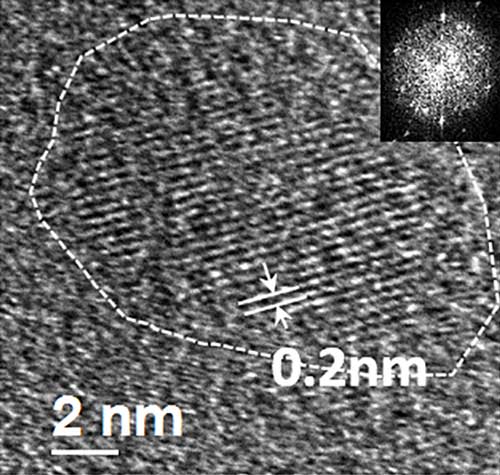 Graphene may also find use as contrast agents for magnetic resonance imaging (MRI), according to new research.
Graphene may also find use as contrast agents for magnetic resonance imaging (MRI), according to new research.
Nov 11th, 2016
Read more
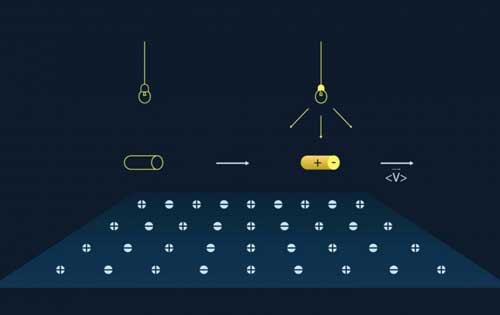 Researchers propose a nanosized motor controlled by a laser with potential applications across the natural sciences and medicine.
Researchers propose a nanosized motor controlled by a laser with potential applications across the natural sciences and medicine.
Nov 10th, 2016
Read more
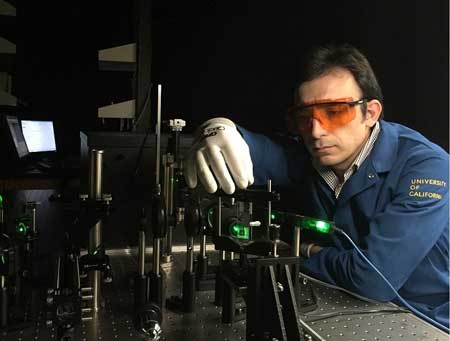 By modulating the flow of phonons through semiconductor nanowires, engineers can create smaller and faster devices.
By modulating the flow of phonons through semiconductor nanowires, engineers can create smaller and faster devices.
Nov 10th, 2016
Read more
 Membranes made from carefully arranged graphene layers could help transform seawater desalination from an energy intensive process into one that is significantly more energy efficient. Such a transformation would reduce the carbon footprint and power demand of countries that rely on desalination to meet their freshwater needs.
Membranes made from carefully arranged graphene layers could help transform seawater desalination from an energy intensive process into one that is significantly more energy efficient. Such a transformation would reduce the carbon footprint and power demand of countries that rely on desalination to meet their freshwater needs.
Nov 10th, 2016
Read more
Scientists explain how the physical and chemical properties of water have been studied for more than a century and revealed some odd behavior not seen in other substances.
Nov 10th, 2016
Read more
 Researchers have identified new materials that directly convert ultraviolet light into motion without the need for electronics or other traditional methods.
Researchers have identified new materials that directly convert ultraviolet light into motion without the need for electronics or other traditional methods.
Nov 10th, 2016
Read more
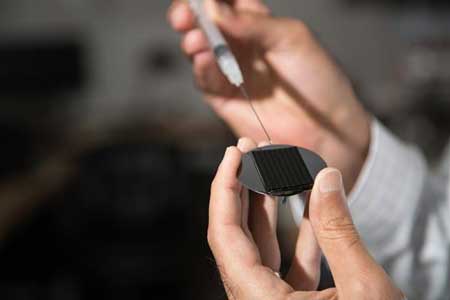 Icy conditions can be deadly, whether you're flying into bad weather or too close to power transmission lines during a storm. Researchers now have reported the discovery of a material that can be applied to any surface to repel ice.
Icy conditions can be deadly, whether you're flying into bad weather or too close to power transmission lines during a storm. Researchers now have reported the discovery of a material that can be applied to any surface to repel ice.
Nov 10th, 2016
Read more
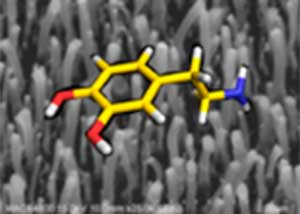 This joint research effort may help Parkinson's patients and people with memory disorders.
This joint research effort may help Parkinson's patients and people with memory disorders.
Nov 10th, 2016
Read more
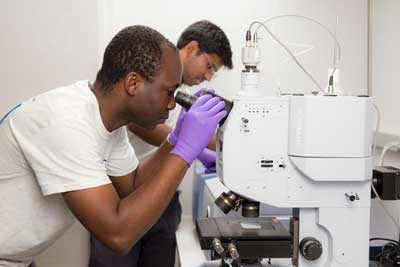 Researchers have developed a novel design for a compact, ultra-sensitive nanosensor that can be used to make portable health-monitoring devices and to detect minute quantities of toxins and explosives for security applications.
Researchers have developed a novel design for a compact, ultra-sensitive nanosensor that can be used to make portable health-monitoring devices and to detect minute quantities of toxins and explosives for security applications.
Nov 10th, 2016
Read more
 Scientists have found a way to engineer the atomic-scale chemical properties of a water-splitting catalyst for integration with a solar cell, and the result is a big boost to the stability and efficiency of artificial photosynthesis.
Scientists have found a way to engineer the atomic-scale chemical properties of a water-splitting catalyst for integration with a solar cell, and the result is a big boost to the stability and efficiency of artificial photosynthesis.
Nov 10th, 2016
Read more
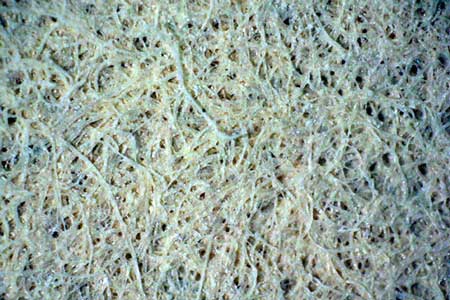 New biotemplating process makes it possible to create lasers out of cellulose paper.
New biotemplating process makes it possible to create lasers out of cellulose paper.
Nov 10th, 2016
Read more
In a new paper, scientists question the interpretation of large values from the Spin Hall effect (SHE) signals, reported experimentally in chemically decorated graphene. Further, they propose new device geometry to suppress background contributions on the non-local resistance to access the upper limit of SHE in two-dimensional materials.
Nov 10th, 2016
Read more
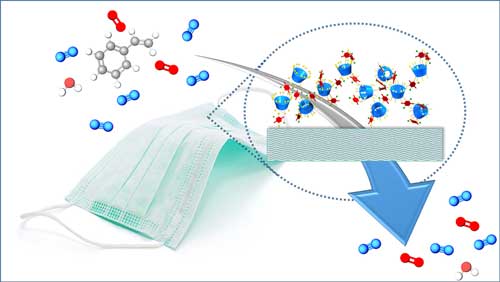 Researchers have shown the ability to infuse cotton with a beta-cyclodextrin (BCD) polymer, which acts as a filtration device that works in both water and air.
Researchers have shown the ability to infuse cotton with a beta-cyclodextrin (BCD) polymer, which acts as a filtration device that works in both water and air.
Nov 9th, 2016
Read more
Traditional leather manufacturing requires the use of several toxic chemicals, such as halogenated flame retardants or organic antimicrobial solvents, which cause pollution. Now, researchers are testing an eco-friendly alternative: silver-titanium nanoparticles.
Nov 9th, 2016
Read more
 Researchers demonstrate that using germanides of metals at the metal-germanium interface with suitable surface crystal planes, greatly improves the contact resistance and device performance germanium semiconductor devices.
Researchers demonstrate that using germanides of metals at the metal-germanium interface with suitable surface crystal planes, greatly improves the contact resistance and device performance germanium semiconductor devices.











 Subscribe to our Nanotechnology News feed
Subscribe to our Nanotechnology News feed